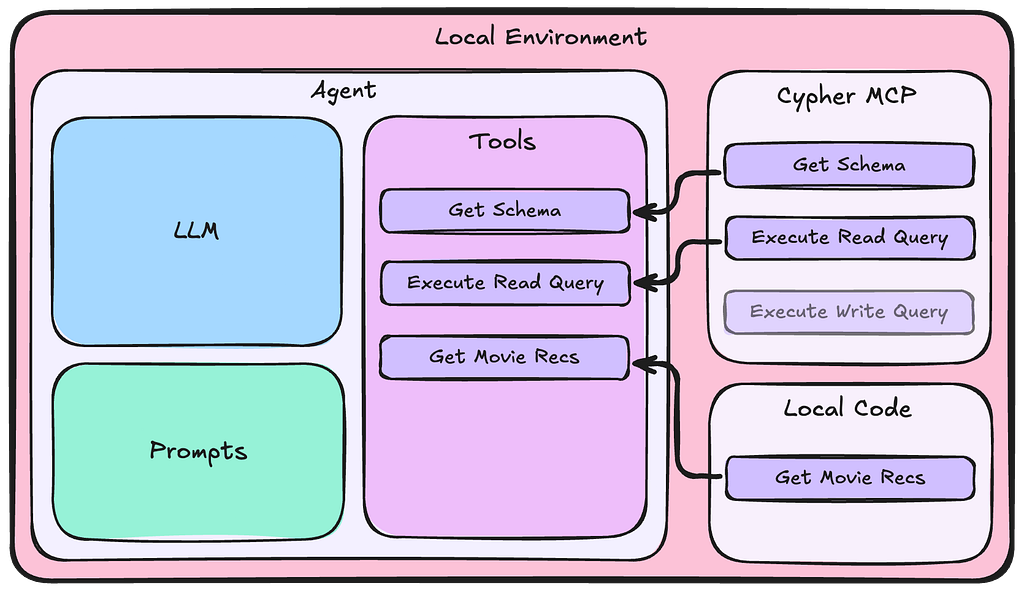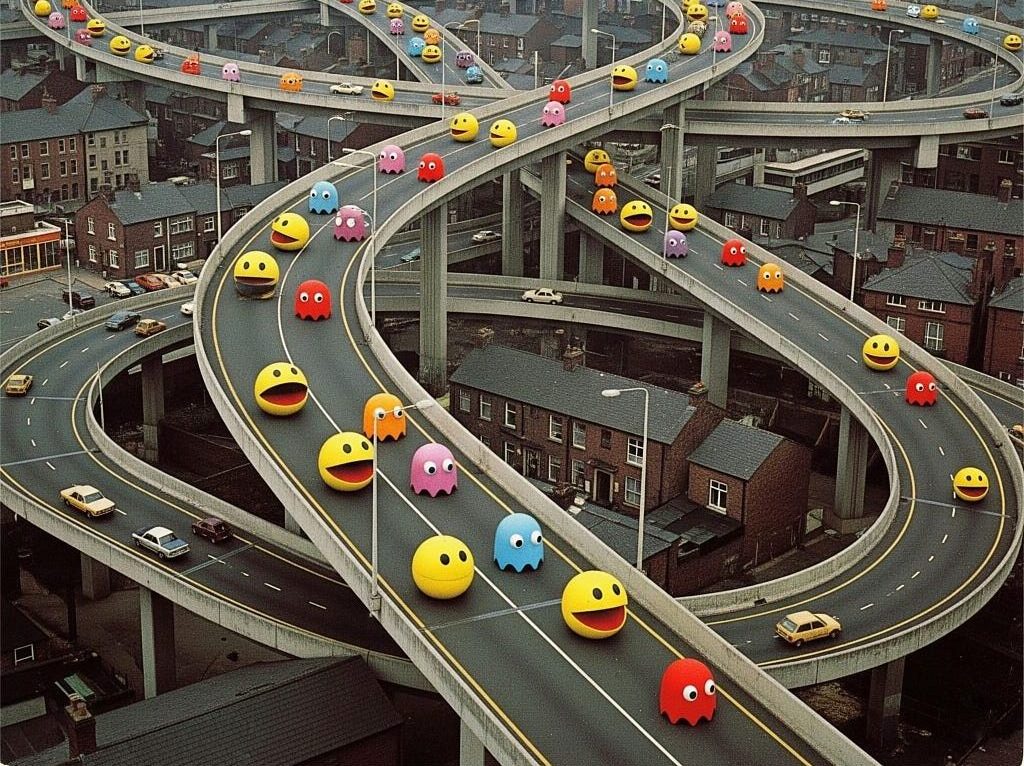ISO GQL: A Defining Moment in the History of Database Innovation

Chief Technology Officer, Neo4j
5 min read

Last Friday, ISO published a new database query language: ISO GQL. It’s a peer language to SQL and the first new ISO database language since 1987 — when the first version of SQL was released.
This is a really big deal.
The GQL standard is for and about graphs. Graphs are a way of working with data that you already have. They excel with exactly the type of data that the world is creating more of, building applications around, and increasingly finding ourselves needing to analyze and make sense of.

Database management systems (DBMSs) that work with your data as a graph are called graph databases. The ISO GQL (Graph Query Language) standard uses a particular type of graph called a property graph. Its design dates back over two decades, and it has gained significant popularity in recent years across a wide range of applications – spanning a multitude of use cases in just about every industry.
Having an international standard for graph databases adds immense value to a landscape where data is increasingly dynamic and interconnected. That ISO has invested more than five years in creating this standard says something about the importance of this technology.
Why Graphs, Why Now?
Standards channel trends. Graph databases are increasingly used by a wide variety of organizations to solve all kinds of problems. Just this year, Gartner placed knowledge graphs, something for which graph databases are purpose-built, at the center of their 2024 Technology Impact Radar (which ranks the 30 most impactful technologies) and their 2024 Impact Radar for GenAI. Neo4j, the leading but very much not the only player in this rapidly expanding space, has amassed the majority of the Global 2000s, countless startups, and major governments as users and customers.
Graphs solve real-world high-value problems that otherwise defy solving, both the operational database world and the world of analytics and AI.
Power of Standards
Standards shape industries. They are where innovation crystallizes into common methods and patterns that can be applied to solve large-scale problems in the real world.
Standards are a friend to the CIO, the developer, and the ecosystem alike. For CIOs, they are the best antidote to vendor lock-in and guarantee access to a large pool of common skills. For developers, they avoid needing to learn new technologies while shuttling between projects and products. And for the ecosystem, they provide clear integration patterns that amplify the value and reach of technology investments. All three are protection against obsolescence.
What does this mean for graphs? One obvious takeaway is that graph databases have now earned their place in the information technology mainstream alongside traditional databases. This is a good cause for re-evaluating what graph databases can do for one’s organization today.
What’s probably not as obvious for many readers is how perfect the timing is. GenAI is a crashing wave that is further accelerating digital transformation. The same things that make graph databases peerless at modeling connected real- and digital-world systems (such as smart cities, payment networks, supply chains, biological systems, asset ownership chains, computer networks, etc.) also make them invaluable for GenAI.
In a world where LLMs provide a cornucopia of value and surprises in what amounts to right-brain behavior for AI, AI engineers at the leading edge of their field are discovering that graph databases can play the essential role of the left brain. This is not a small thing in a world where most problems can almost certainly benefit from having the power of both hemispheres.
Much has been written about this last topic, and I look forward to covering it in greater detail in a separate post.
What Does GQL Look Like?
As a peer, complementary language to SQL that originates from the same organization and committee as the one behind SQL, it won’t surprise you to learn that GQL resembles SQL in many ways. Both languages share the same data types, and many of the same keywords and commands are the same.
Of course, GQL also includes parts that cater specifically to the unique aspects of graph databases. The absolute core of the language is the ASCII-art-inspired way of defining patterns. A few graph database languages share this, and it traces its way back to 2010 with Neo4j’s Cypher language, which, through the openCypher project, has become the de facto standard graph query language used by Neo4j, AWS Neptune, and numerous others.
Path to GQL
In the world of graphs, there can be many ways to reach a destination. Often, the shortest path can be made clear. Such is the case with GQL. There is much more to be said about this – and it will be the subject of future posts. But the short answer is that the shortest path to GQL is Cypher, which most people already use.
There are several reasons for this:
First, Cypher was a major input into GQL. And as inputs go, it was of especially high quality. By the time the standards work kicked off in 2019, Cypher had already undergone nearly a decade of real-world trial-by-fire maturation.
Second, Cypher itself was originally modeled after SQL. The “no idle variance from SQL” principle that drove Cypher’s development from the start turned out to be prescient. In the early days of Cypher, no one would have imagined that it would become a significant input to an ISO standard – let alone on a convergence course. But the principle made sense. Why invent something new to do something people are already used to doing?
There is one more reason: the team behind Cypher and openCypher has been deeply involved in developing the GQL standard. Around half a dozen Neo4j engineers collaborated with numerous others throughout the roughly five years it took to produce GQL, joining up as full-time standards committee members. As aspects of the GQL standard crystallized, Cypher itself was made to align with the forthcoming standard. The roads were smoothed in anticipation of GQL.
As a result, today’s Cypher is already highly aligned with GQL. New and existing graph database users alike can benefit from a clear path to adoption and a smooth path to GQL. Sticking with Cypher will land you straight into GQL as it completes the last few steps of its convergence course. So, if you got worried and brought out your forklift when you first saw this post, you can now put it away!
Closing Thoughts
This is a massive milestone for the database industry, one whose impact will be felt over years and decades, not just months. Standards, after all, are meant as a foundation for enduring technologies and are reserved for only the most important trends.
We’re excited about the possibilities and look forward to seeing what innovation and disruption you will all create in your respective spaces thanks to graphs – now with GQL at your backs!
To learn more, the following blogs and documents provide additional information about the GQL standard, Neo4j Cypher, and openCypher:
- ISO/IEC JTC 1 GQL Database Language
- GQL: The ISO Standard for Graphs Has Arrived
- GQL is Here: Your Cypher Queries in a GQL World
- openCypher Will Pave the Road to GQL for Cypher Implementers








